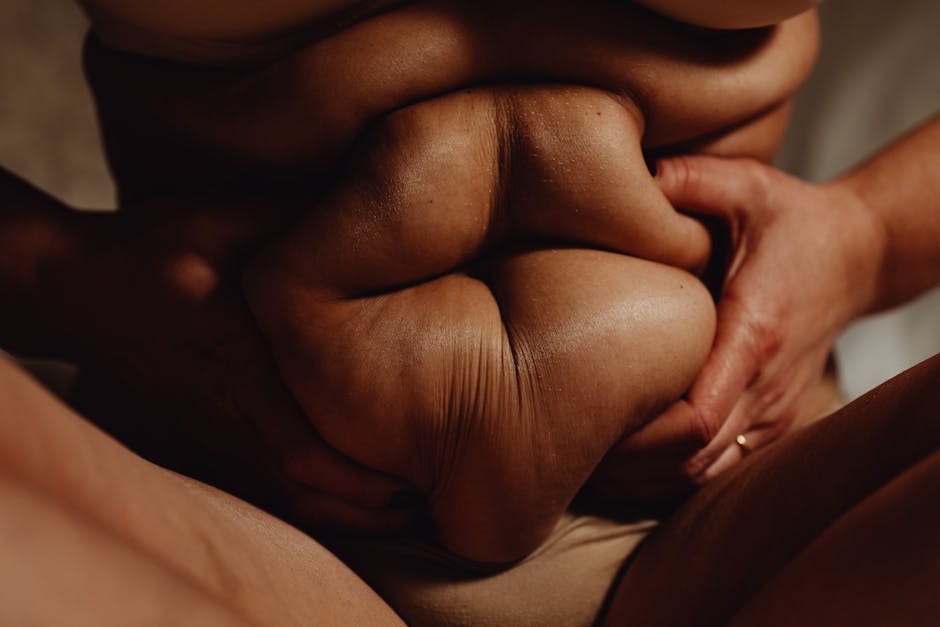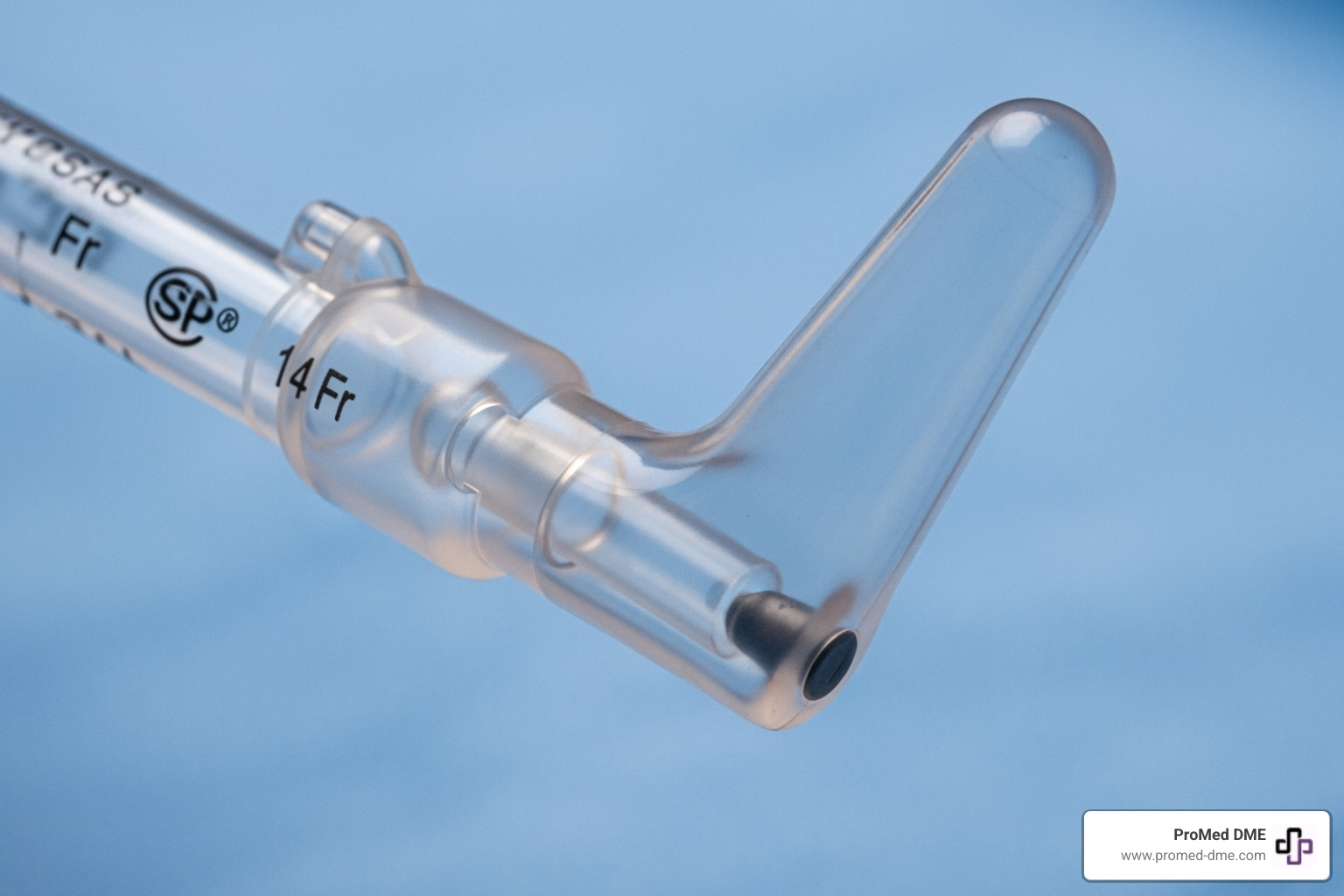Your Guide to Medicaid-Approved Incontinence Products

In healthcare, understanding coverage for essential items like incontinence supplies can be difficult. Luckily, list of medicaid approved incontinence supplies provides clear guidance for millions of Americans needing such support. Here's a quick rundown to get started:
- Medicaid generally covers a range of incontinence supplies, including adult diapers, pull-ons, pads, and liners.
- Most states require a doctor's prescription indicating medical necessity.
- Coverage can vary by state, so check with your local Medicaid office for specific details.
Medicaid's role in providing access to incontinence supplies is crucial. These supplies help manage conditions that impact daily life, allowing people to maintain comfort and dignity. However, accessing the right products often requires navigating through prescriptions and understanding state-specific Medicaid rules.
It's vital to work with healthcare providers to ensure you receive appropriate supplies. They can prescribe items that are covered by Medicaid and advise on the best options for your needs. Whether you're concerned about cost, specific product types, or how to apply your coverage, starting with a discussion with your doctor ensures you're on the right path.

Related content about list of medicaid approved incontinence supplies:- does medicare pay for incontinence supplies- how to get purewick covered by insurance
Understanding Incontinence Supplies
Incontinence supplies are essential for many people, providing comfort, dignity, and protection. Let's break down the main types of supplies you might come across:
1. Adult Diapers
Adult diapers, also known as disposable briefs, are a staple for those with moderate to heavy incontinence. They come with tabs on the sides for a snug fit and can handle larger volumes of liquid. These are ideal for individuals who need maximum absorbency and reliable protection throughout the day or night.
2. Protective Underwear
These are pull-on style garments that look and feel like regular underwear. Protective underwear is great for those who prefer a less bulky option and can manage lighter to moderate leaks. They offer convenience and discretion, making them popular for active individuals.
3. Pads and Liners
Pads and liners are designed for light to moderate leakage. They are worn inside regular underwear and come in various sizes and absorbency levels. These products are versatile and can be a cost-effective solution for those who need just a little extra protection.
4. Guards
Guards are similar to pads but are specifically designed for men. They offer targeted protection and fit comfortably inside regular underwear. Guards are perfect for managing light leaks and are discreet enough for everyday use.
Understanding these options can help you choose the right incontinence supplies for your needs. It's important to consider factors like absorbency, comfort, and lifestyle when selecting products. That Medicaid may cover many of these supplies, so it's worth checking with your healthcare provider to see which options are available to you.

In the next section, we'll explore the list of Medicaid approved incontinence supplies and how you can obtain them through your Medicaid coverage.
List of Medicaid Approved Incontinence Supplies
Navigating Medicaid coverage for incontinence supplies can seem daunting, but understanding the basics can make the process a lot easier. Here's what you need to know about getting your incontinence supplies covered by Medicaid.
Medicaid Coverage
Medicaid is a major health insurance provider in the U.S., offering coverage for many essential health services, including incontinence supplies. However, each state's Medicaid program has its own rules about which supplies are covered. Generally, Medicaid covers supplies that are considered medically necessary. This means that the supplies must be essential for managing a specific medical condition.
Medically Necessary Supplies
For incontinence supplies to be covered, they must be deemed medically necessary by a healthcare provider. This involves obtaining a diagnosis from a doctor who will determine the type and quantity of supplies needed for your condition. Supplies like adult diapers, protective underwear, pads, liners, and guards are often covered if they meet this requirement.
Prescription Requirements
To get Medicaid to cover your incontinence supplies, you'll typically need a physician’s prescription. This prescription should specify the type of incontinence product needed and the quantity. Some states might also require additional documentation, such as a Certificate of Medical Necessity or a Letter of Medical Necessity, to further justify the need for these supplies.
Prior Authorization
In some cases, Medicaid might require Prior Authorization before covering incontinence supplies. This means you need to get approval from Medicaid before obtaining the supplies. It's important to check with your Medicaid plan to see if this step is necessary for you.
Commonly Covered Supplies
Here's a quick look at some of the incontinence supplies that Medicaid may cover if they meet the requirements:
- Adult Diapers: For heavy incontinence, offering maximum absorbency.
- Protective Underwear: Pull-on style for moderate leaks.
- Pads and Liners: For light to moderate leakage, offering versatility.
- Guards: Specifically designed for men, targeting light leaks.

The best way to ensure you get the right supplies is to work with your healthcare provider and Medicaid plan. They can guide you through the process and help you understand exactly what you need to do to get your supplies covered.
In the next section, we'll dig into how to obtain incontinence supplies through Medicaid and make the most of your coverage.
How to Obtain Incontinence Supplies through Medicaid
Getting incontinence supplies through Medicaid involves a few important steps. Here's how you can steer the process smoothly.
Doctor's Prescription
First, you'll need a doctor's prescription. This is crucial because Medicaid requires proof that the supplies are medically necessary. Your healthcare provider will diagnose your condition and write a prescription for the specific type and quantity of supplies you need. Be open and honest with your doctor about your needs to ensure the prescription is accurate.
Medicaid Managed Care
If you're enrolled in a Medicaid managed care plan, your benefits are managed by a private insurance company contracted by the state. This means you'll need to work within a network of approved providers to get your supplies. Check with your plan to understand their specific process for obtaining incontinence supplies. They might have preferred suppliers or require prior authorization.
Eligibility
To qualify for Medicaid coverage of incontinence supplies, you must meet your state's eligibility criteria. Generally, this includes being part of a low-income family, being a qualified pregnant woman, blind or disabled, or receiving SSI. Each state has its own rules, so it's a good idea to contact your local Medicaid office for precise information.
Steps to Obtain Supplies
Visit Your Doctor: Schedule an appointment to discuss your incontinence needs and get a prescription.
Check Your Plan: Contact your Medicaid managed care plan to understand their requirements for covering incontinence supplies.
Choose a Supplier: Work with a supplier that accepts Medicaid. They will handle the paperwork and billing for you.
Submit Documentation: Provide any necessary documents, like your prescription and proof of Medicaid eligibility, to your supplier.
Receive Supplies: Once approved, you will receive your supplies, often with free and discreet shipping.
By following these steps, you can ensure that you receive the necessary incontinence supplies covered by Medicaid. Up next, we'll tackle some frequently asked questions about Medicaid and incontinence supplies to help clear up any remaining uncertainties.
Frequently Asked Questions about Medicaid and Incontinence Supplies
How to get adult diapers on Medicaid?
Getting adult diapers through Medicaid is straightforward if you follow the right steps. First, ensure you have a doctor's prescription. This is essential because Medicaid needs to verify that the supplies are medically necessary. Your healthcare provider will assess your condition and prescribe the specific type and quantity of supplies you require.
Once you have a prescription, work with a supplier that accepts Medicaid. They will help you steer the process, including handling the paperwork and billing. If you're part of a Medicaid managed care plan, make sure to check with your plan for any specific requirements, like using preferred suppliers or obtaining prior authorization.
What qualifies as incontinence supplies?
Incontinence supplies are items that help manage bladder or bowel control issues. Medicaid typically covers a variety of these supplies, but they must be deemed medically necessary. Common supplies include:
- Absorbent Pads: These are thin liners that provide light protection for minor leaks.
- Pull-Up Pants: Also known as protective underwear, these are designed for moderate to heavy incontinence and offer a snug fit.
- Hydrophobic Layer: This is a special material used in some incontinence products to keep moisture away from the skin, reducing the risk of irritation.
To qualify for coverage, you'll need a diagnosis from your healthcare provider, who will then write a prescription for the necessary products.
How to get a prescription for incontinence supplies?
To obtain a prescription for incontinence supplies, start by visiting your healthcare provider. Discuss your symptoms and needs openly so they can accurately diagnose your condition. Once diagnosed, they will provide a prescription specifying the type and quantity of supplies needed.
Having a prescription is crucial for accessing Medicaid benefits, as it confirms the medical necessity of the supplies. If you also have Medicare coverage, check if you're eligible for full Medicaid benefits, as this can improve your coverage options.
Your healthcare provider is your ally in this process, so don't hesitate to ask questions and ensure you fully understand your prescription and coverage. This proactive approach will help you get the supplies you need without unnecessary problems.
Conclusion
At ProMed DME, we understand the challenges that come with managing incontinence. That's why we're dedicated to providing top-quality products and exceptional customer service to support you every step of the way.
Our commitment to quality means you get reliable products that meet your needs. Whether it's absorbent briefs, bladder supports, or catheters, our range ensures comfort and effectiveness. Plus, with free, discreet shipping, your supplies arrive right at your door, hassle-free.
We know dealing with insurance can be daunting. That's why we work with most insurance plans, including Medicaid, to minimize your out-of-pocket expenses. Our knowledgeable team handles all the paperwork, ensuring a smooth process so you can focus on what matters most—your well-being.
Choosing ProMed DME means choosing a partner in your health journey. We're here to make life easier, more comfortable, and more confident for you. Visit our external catheters page to explore how we can help with your incontinence management needs.
Your health and satisfaction are our top priorities, and we're proud to serve you with integrity and care.
Related Resources & Articles
Stay informed with our informative blog posts.
Discover the ProMed Advantage
& Try Our Products
We offer free shipping and legendary customer service to ensure you receive the
best DME products for your needs.



